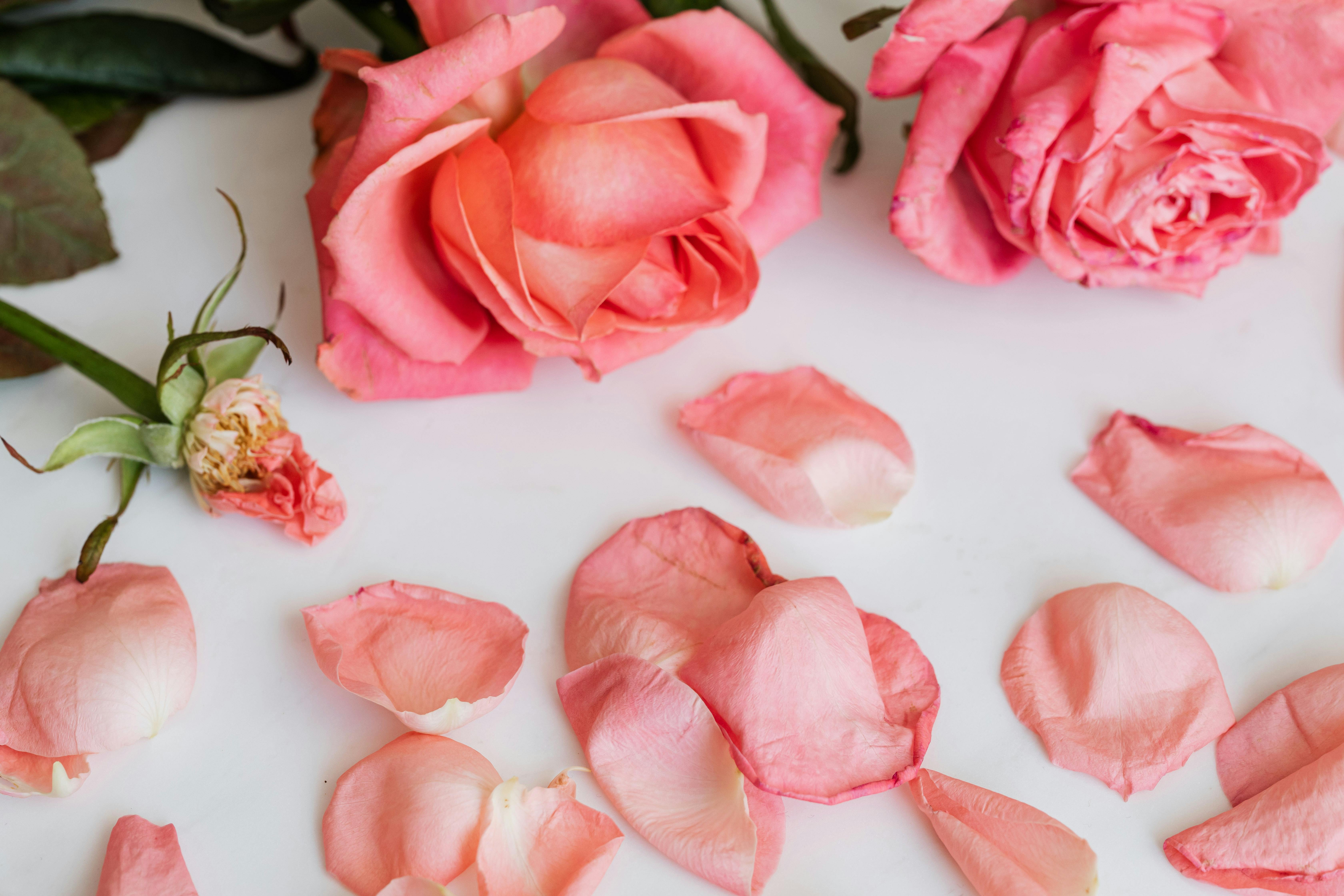If you’ve recently noticed that your Dragon Breath plant is starting to look less vibrant and is beginning to die, then you are not alone. In recent years, this rare and exotic houseplant has become increasingly popular among gardeners, but many people struggle to keep it alive and thriving. In this article, we will discuss some of the most common reasons why your Dragon Breath plant may be dying and provide tips on how to ensure its continued health.Dragon Breath Plant is a perennial plant, but it has its own unique needs to stay healthy and happy. If the environment is not ideal, the plant can suffer from various problems that can lead to its death. The most common causes of death for this type of plant are inadequate light, too much water, improper drainage, and temperature extremes. If the plant does not get enough light, it will become weak and eventually die. Similarly, if the soil is too wet or too dry, the roots will not be able to absorb nutrients properly and the plant will suffer. Improper drainage can also cause root rot and other problems which can lead to death. Lastly, extreme temperatures (either too hot or too cold) can cause Dragon Breath Plant to die as well.
Help a Dragon Breath Plant Recover
If you have a dragon breath plant that is not doing well, there are some things you can do to help it recover. First, check the water levels and make sure that the soil is moist but not soggy. Too much water can cause the roots to rot, so don’t overwater your dragon breath plant. You should also make sure that the plant is getting enough sunlight. If the plant isn’t getting enough light, it may need to be moved to a brighter spot or given supplemental lighting.
Next, check for pests or disease that may be affecting your dragon breath plant. Look for signs of aphids or other insects as well as fungal infections such as powdery mildew. If you find any pests or diseases, treat them with an appropriate insecticide or fungicide according to label directions.
Finally, fertilize your dragon breath plant with a balanced fertilizer such as 10-10-10 once per month during the growing season (spring and summer). Make sure not to over-fertilize as this can burn the roots of your plant and cause further damage.
By following these steps, you should be able to help your dragon breath plant recover quickly and start producing new leaves and flowers again soon!
Can Too Much Sunlight Damage a Dragon Breath Plant?
Dragon breath plants are known for their unique foliage and fragrant flowers, making them popular garden plants. However, they can also be sensitive to too much sunlight. Too much sunlight can cause the leaves to become sunburned, resulting in wilting and discoloration. In extreme cases, the plant may even die. Therefore, it is important to provide the dragon breath plant with just the right amount of sun exposure.
The best way to ensure that your dragon breath plant gets the right amount of sunlight is to place it in a spot that gets partial or filtered sunlight throughout the day. This will help protect it from too much direct sunlight and heat, while still providing enough light for growth and flowering. If you have a sunny spot outdoors, you can also try using shade cloth or other materials to filter out some of the harsher rays.
You should also monitor your dragon breath plant for signs of too much sun exposure. Leaves that are yellowing or wilting may be signs that your plant is getting too much sun. You can also check for sunburned leaves, which will be brown or blackened in spots due to overexposure to sunlight. If you see any of these signs on your dragon breath plant, you should move it immediately into an area with less sunlight or use shade cloths or other protective materials if it is outdoors.
Overall, too much sun exposure can be damaging for dragon breath plants and should be avoided as much as possible. Make sure that your dragon breath plant has access to partial or filtered sunlight throughout the day and monitor it regularly for signs of overexposure so you can take action quickly if necessary. Doing so will help ensure your dragon breath plant stays healthy and vibrant all season long!
Overwatering Cause Damage to Dragon Breath Plants
Dragon breath plants are beautiful, low-maintenance succulents that are popular for their unique foliage and ease of care. Despite their durability, overwatering them can cause serious damage and even death. When too much water is given to dragon breath plants, the roots can become waterlogged and rot. This can cause the plant to become weak and unable to absorb nutrients from the soil. In addition, the leaves may become yellow or discolored due to the excess moisture in the soil.
Overwatering also increases the risk of fungal diseases such as root rot, which can be deadly for dragon breath plants. Fungal diseases typically start as small spots on the leaves that grow larger over time. As they spread, they can weaken and kill the plant by attacking its roots and preventing it from absorbing essential nutrients from the soil.
In order to prevent overwatering, it is important to monitor your dragon breath plant’s soil level carefully. The soil should be allowed to dry out slightly between waterings in order for it to remain healthy. If you notice any signs of overwatering such as wilting leaves or discoloration, you should reduce your watering schedule immediately in order to prevent further damage.
Overall, dragon breath plants are fairly hardy succulents that don’t require much special care in order to thrive. However, it is still important to monitor their watering needs in order to avoid overwatering and its associated risks of fungal disease and root rot. With a little bit of attention and care, your dragon breath plant will remain healthy and happy for many years!

Caring for a Dragon Breath Plant
Caring for a dragon breath plant is easy and rewarding. The dragon breath plant is an evergreen, perennial shrub that can grow up to three feet tall. It is native to South Africa and produces white flowers in the summer. The leaves are waxy and oval-shaped and can be bright yellow, green, or even purple. Dragon breath plants require plenty of light and should be placed in a sunny spot in your home or garden. They should be watered regularly, but not too often, as the soil should never become soggy. Allow the top inch of soil to dry out before watering again. Fertilize your dragon breath plant every month during the growing season with a balanced fertilizer. Prune it back regularly to keep it looking neat and tidy and remove any dead or damaged branches as needed. Dragon breath plants are relatively pest-free, but they can be susceptible to spider mites or aphids if not cared for properly. Be sure to check your dragon breath plant regularly for pests and treat them as soon as possible if found.
Dragon breath plants are relatively low-maintenance plants that thrive with proper care. With the right amount of light, water, and fertilizer, they will reward you with beautiful flowers throughout the summer months. A little bit of effort will ensure that your dragon breath plant stays healthy and happy for years to come!
Underwatering Bad for Dragon Breath Plants?
Underwatering is never a good idea for any kind of plant, and dragon breath plants are no exception. This type of houseplant needs a consistent amount of water to stay healthy and happy, and underwatering can lead to serious problems. Not only will the dragon breath plant become dry and brittle if it doesn’t get enough water, but it can also suffer from nutrient deficiencies that can eventually kill the plant.
The best way to avoid underwatering your dragon breath plant is to make sure you are giving it enough water on a regular basis. This means checking the soil moisture levels on a regular basis and ensuring that the soil is moist but not soggy or wet. If the soil is too dry, then it’s time to give your plant some more water. It’s also important to make sure that you are using the right type of soil for your dragon breath plants as well as using the appropriate size container for your particular type of plant.
Underwatering your dragon breath plants can be detrimental in many ways. Not only will it cause drought stress which can eventually kill your plants, but it can also lead to nutrient deficiencies that can stunt growth or even cause death. Therefore, making sure you are providing your dragon breath plants with adequate amounts of water is essential if you want them to thrive.
Does Poor Soil Quality Hurt Dragon Breath Plants?
Poor soil quality can have a negative impact on dragon breath plants. Dragon breath plants prefer soil with high nutrient content, so when the soil is poor in quality, it can stunt the growth of the plant or even kill them off completely. The lack of nutrients in the soil means that the plant is not able to absorb enough nutrients to stay alive and healthy, and as a result, it will struggle to grow and thrive.
In addition to a lack of nutrients, poor soil quality can also cause other problems for dragon breath plants. The lack of organic matter means that the soil will be hard and compacted, which makes it difficult for the roots to penetrate and absorb water and nutrients. This can lead to stunted growth or even death for the plant.
Another issue that arises from poor soil quality is an increase in weeds and pests. Weeds compete with dragon breath plants for nutrients, leading to an overall decrease in the health of both plants. In addition, pests such as aphids can spread disease more easily due to the lack of natural predators in the environment.
Overall, poor soil quality can have a negative effect on dragon breath plants due to its lack of essential nutrients and organic matter needed for healthy growth. To prevent this issue from occurring, it is important to use proper fertilizers and other organic amendments that will add vital nutrients back into the soil. Additionally, regular maintenance such as weeding and pest control should be done regularly to maintain healthy growth for dragon breath plants.

Conclusion
Dragon Breath plants are popular and easy to care for houseplants. They make a great addition to any home, but they can be prone to certain diseases and pests. If you notice that your Dragon Breath plant is dying, it is important to investigate the cause. Common causes of death include inadequate light, poor drainage, improper watering, disease and insect infestations. In many cases, these problems can be corrected if caught in time. If the cause of death is not identified or cannot be corrected, then it is best to dispose of the plant and start again with a healthy one.
No matter why your Dragon Breath plant is dying, it is best to act quickly before the problem spreads or becomes irreversible. Taking good care of your Dragon Breath plant will help ensure it stays healthy and happy for many years to come.

